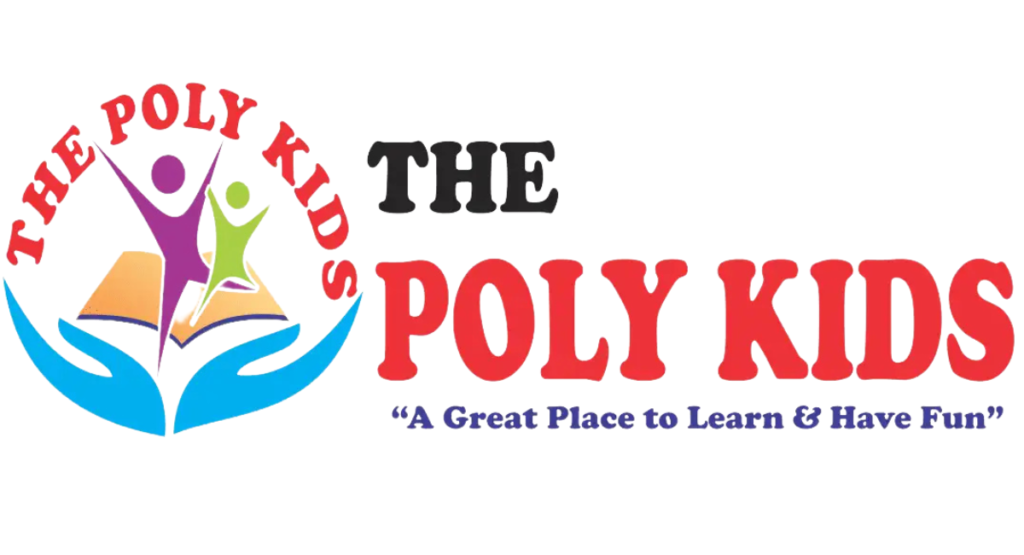Introduction: Multilingual education is a dynamic approach that celebrates linguistic diversity and promotes cognitive development, cultural awareness, and academic success. In today’s globalized world, where borders are increasingly blurred and communication knows no bounds, the importance of multilingualism in education cannot be overstated. This blog delves into the significance of multilingual education, its benefits, challenges, and how the best play school near you can integrate this approach into its curriculum.
- Understanding Multilingual Education: Multilingual education refers to a pedagogical approach where students are taught academic content in more than one language. It goes beyond mere language instruction to encompass a holistic understanding and appreciation of different cultures and linguistic traditions.
- Enhanced Cognitive Development: Research shows that multilingualism enhances cognitive abilities such as problem-solving, critical thinking, and creativity. Children exposed to multiple languages from a young age develop greater flexibility in their thinking and are better equipped to navigate complex tasks.
- Cultural Sensitivity and Awareness: Multilingual education fosters cultural sensitivity and awareness by exposing students to diverse linguistic and cultural backgrounds. It promotes empathy, respect, and understanding, laying the foundation for global citizenship.
- Academic Advantages: Studies indicate that multilingual students often outperform their monolingual peers academically. They demonstrate superior language skills, better academic performance, and improved literacy levels across multiple subjects.
- Preparation for the Globalized World: In an interconnected world where multiculturalism is the norm, multilingual education prepares students to thrive in diverse environments. It equips them with the linguistic and cultural competencies needed to communicate effectively and succeed in a globalized workforce.
- Parental Involvement and Support: Parents play a crucial role in supporting multilingual education initiatives. Collaborative partnerships between educators and parents ensure continuity between home and school environments, reinforcing language learning and cultural appreciation.
- Challenges and Solutions: Implementing multilingual education may pose challenges such as resource constraints, teacher training, and curriculum development. However, these challenges can be addressed through strategic planning, professional development programs, and community engagement initiatives.
- Inclusive Learning Environments: Multilingual education promotes inclusivity by accommodating students from diverse linguistic backgrounds. It celebrates linguistic diversity as a strength rather than a barrier, creating inclusive learning environments where every child feels valued and supported.
- Customized Learning Pathways: Multilingual education allows for customized learning pathways that cater to individual student needs and preferences. It recognizes that children learn in different ways and at different paces, offering flexible approaches to language acquisition and academic achievement.
- Best Practices in Multilingual Education: The best play school near you adopts best practices in multilingual education by incorporating language-rich environments, bilingual instruction, and culturally relevant materials. It embraces a student-centered approach that prioritizes language development alongside academic excellence.
- Professional Development for Educators: Educators undergo specialized training and professional development programs to effectively implement multilingual education strategies. They receive support in designing culturally responsive curricula, integrating language learning activities, and assessing student progress.
- Community Engagement and Partnerships: The school fosters community engagement and partnerships with local organizations, cultural institutions, and language communities. These collaborations enrich the educational experience, providing students with authentic language immersion opportunities and cultural exchanges.
- Measuring Success and Impact: Success in multilingual education is measured not only by academic outcomes but also by students’ proficiency in multiple languages, cultural competency, and overall well-being. Assessment tools and frameworks are designed to evaluate linguistic development, cognitive growth, and social-emotional learning.
- Parent Workshops and Resources: The school offers parent workshops, resources, and support networks to empower families in promoting multilingualism at home. Parents receive guidance on language-rich activities, bilingual literacy strategies, and fostering language development in everyday interactions.
- Celebrating Linguistic Diversity: Multilingual education celebrates linguistic diversity as a fundamental human right and an asset to society. It promotes language preservation, revitalization, and the recognition of indigenous languages, contributing to cultural sustainability and intergenerational transmission.
- Promoting Global Citizenship: Multilingual education instills values of global citizenship, environmental stewardship, and social responsibility. It encourages students to engage with global issues, advocate for social justice, and contribute positively to their communities and the world at large.
- Continuous Improvement and Innovation: The school is committed to continuous improvement and innovation in multilingual education. It embraces feedback from stakeholders, conducts ongoing research, and embraces emerging technologies to enhance teaching and learning outcomes.
- Collaborative Learning Communities: Multilingual education thrives in collaborative learning communities where educators, students, parents, and community members work together towards common goals. It fosters a sense of belonging, mutual respect, and shared responsibility for educational excellence.
- Empowering Student Voice and Agency: Multilingual education empowers students to express themselves confidently in multiple languages and advocate for their rights. It amplifies student voice and agency, nurturing future leaders who are equipped to navigate diverse linguistic and cultural landscapes.
Conclusion: In conclusion, multilingual education is not just about language proficiency; it’s about fostering global citizenship, cultural understanding, and inclusive communities. By embracing multilingualism, the best play school near you prepares students to thrive in a multicultural world, equipping them with the skills, knowledge, and values needed to succeed in the 21st century.
daycare centre school in dehradun|kindergarten school in dehradun|primary school in dehradun|pre school in dehradun|nursery school in dehradun|play school in dehradun|pre primary school in dehradun|Best Play School in dehradun|Top Pre school in dehradun|


